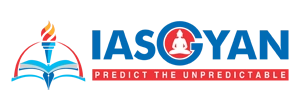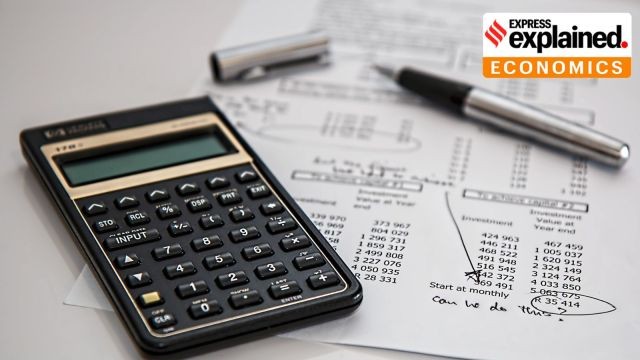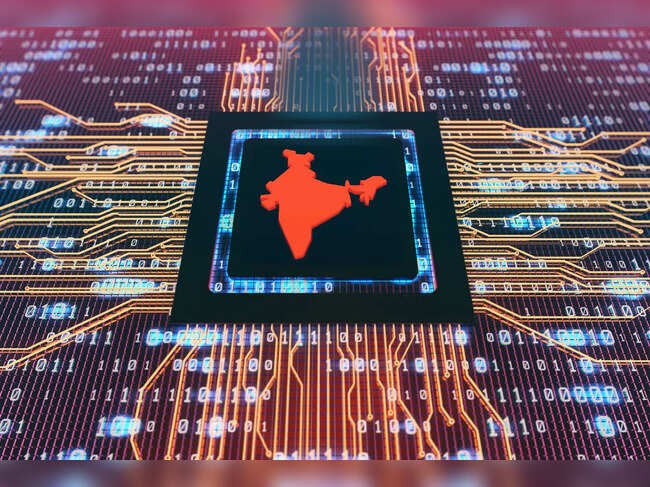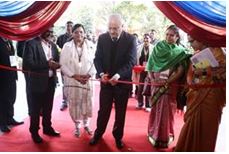



The Indian government to abolish the 6% Equalisation Levy on online ads from April 1, 2025. Introduced in 2016, it taxed foreign digital platforms like Google and Meta. The move aims to ease the tax burden, improve trade ties with the U.S., and align with global tax reforms.

Copyright infringement not intended
Government to abolish the Equalisation Levy, or digital tax, on online advertisements, effective from April 1, 2025.
It was introduced in June 2016, to charge a 6% tax on online advertisement services provided by foreign companies operating in India.
It especially targeted digital advertising platforms like Google, Meta (Facebook), and X (formerly Twitter).
The objective was to ensure that the global tech giants contributed their fair share to India’s tax revenue, even if they don't have a physical presence in the country.
Over time, the scope of the Equalisation Levy expanded to include e-commerce transactions, with a 2% tax introduced in 2020, however, the 2% levy was abolished in August 2024.
The central government has decided to abolish the 6% Equalisation Levy on online advertisements as part of 59 amendments to the Finance Bill.
It is a strategic move by the Indian government aims to:
Must Read Articles:
Source:
|
PRACTICE QUESTION Q. Which of the following is the core objective of imposing the Equalisation Levy? A) To promote domestic digital businesses by making foreign digital services more expensive. B) To ensure fair competition between domestic and foreign companies providing digital services in India. C) To generate additional revenue for the government to fund infrastructure projects. D) To comply with international taxation norms set by organizations like the UN. Answer: B Explanation: The Equalisation Levy was introduced to create a fair playing field for domestic businesses by taxing foreign companies that offer digital services in India, but do not have a physical presence in the country. This ensures that both domestic and foreign players are subject to similar tax obligations, promoting fair competition. |








© 2025 iasgyan. All right reserved